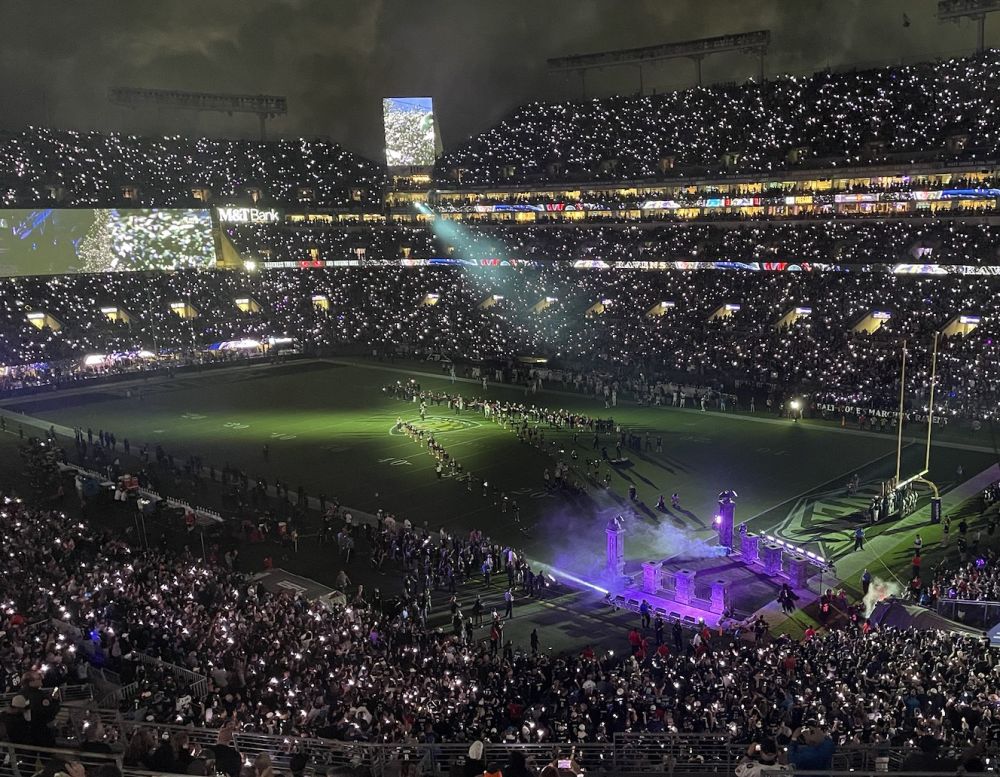and ownership stake in Yes Network and New England Sports Network (NESN) in the previous years. That money funded those teams with hundreds of millions of dollars between 2000-2005 that was simply unavailable to any other MLB team. That money bought and retained the best talent in the industry – including Mike Mussina in 2001 – and their success followed during that era.
DuPuy and Selig did everything in the deal to “make it right” for Peter G. Angelos. They did everything possible to avoid litigation. In essence, Angelos got a deal of all deals because he threatened to drag Selig and the rest of MLB into court and antitrust exemptions.
And, despite giving him the lion’s share of the money, here we are 10 years later and these billionaires have been entangled in a epic, nasty brawl over all of our money in the New York Supreme Court.
Three years ago, then-Commissioner Bud Selig said: “I want there to be no doubt that, if any party initiates any lawsuit, or fails to act in strict compliance with the procedures set forth in the Agreement concerning the [Revenue Sharing Definitions Committee of Major League Baseball]’s decision, I will not hesitate to impose the strongest sanctions available to me under the Major League Constitution.”
Apparently it’s in the bylaws of MLB that owners can’t sue each other and still be “partners” in Major League Baseball.
Angelos has certainly done what previously unthinkable among the Lords of baseball.
Ten years later, the guy who dealt with Angelos had it right all along.
Yep.
This is Chapter 4 of a six-part series written for Baltimore Orioles and Washington Nationals fans to better understand the history of MASN and where all of the money has been going.
Chapter 5 is coming soon…
If you are interested in the history of the Baltimore Orioles and the ownership reign of Peter G. Angelos, here are the previously released chapters of “The Peter Principles.”


























